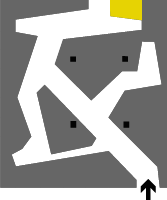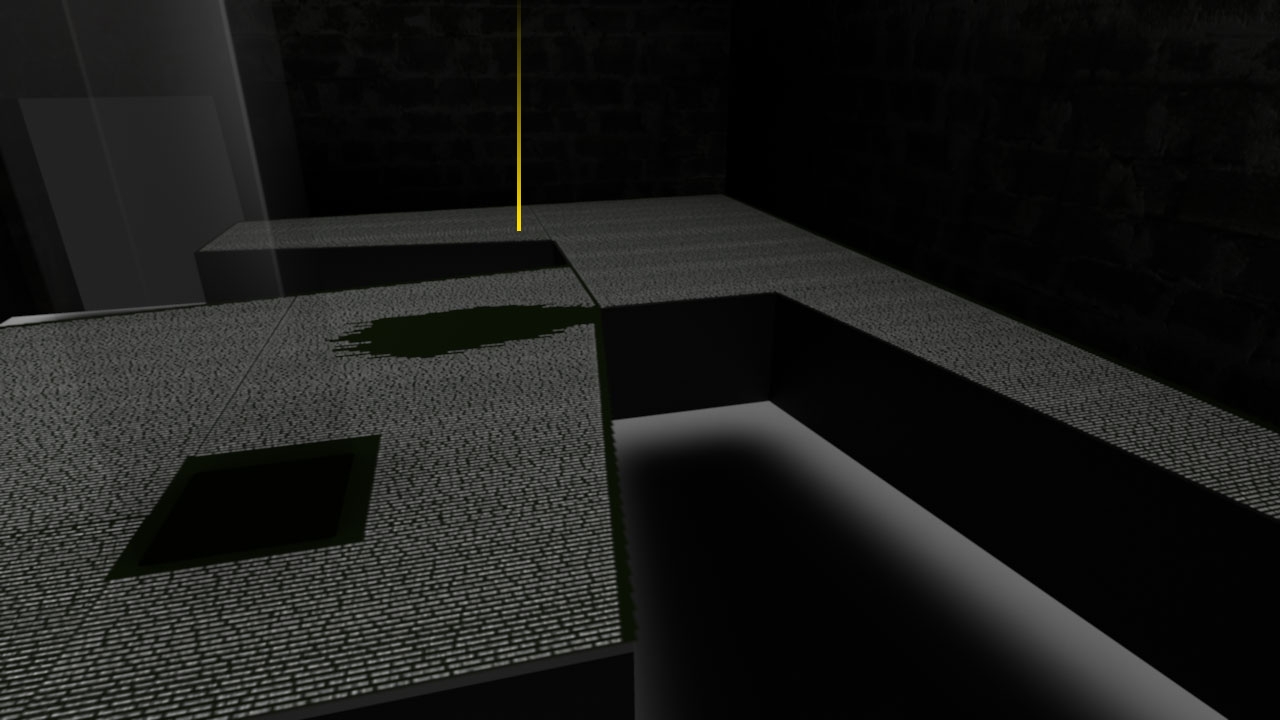Emilie Baumanová 1916 - 1942
Born 17.2.1916 in Horoušany u Prahy
Died 24.10.1942 in Mauthausen
Biography
History of the Bauman Family
Břetislav Bauman was born on 3 December 1905 and was the son of Jan and Anna Bauman. In 1911 he started to attend the local mixed primary school, which had two classes. His results were so good that on 17 September 1917 he continued his schooling at the secondary school in Čelákovice, which he completed in three years. He continued to study at the higher commercial college, where he finished two school years. He completed his education at the age of 17. In March 1925 he was called up for military service and on 1 October he was recruited into the 6th Field Company of the 6th Infantry Regiment No. 2. One month after starting his military service, Břetislav Bauman was transferred to the school for junior officers, from which he graduated in March 1926 with flying colours. On 1 April 1926 he was released back into civilian life.
At the end of the 1930s he got to know Emilie Basařová, a member of the local Sokol club, who lived at no. 13 Horoušany. Her parents were the butcher and owner of the local inn, Antonín Basař, and his wife Anna. Emilie Basařová was born on 17 February 1916. On 1 September 1922 she started to attend the parish school in Horoušany and completed her schooling in 1927.
In September 1938 Břetislav Bauman was also drafted into the military in the course of mobilisation. His unit was posted to the region around Lovosice, where they remained until 10 October, when they had to evacuate the last German occupation zone in accordance with the Munich Agreement. Břetislav Bauman was then demobilised on 13 October 1938 and returned home.
On 28 February 1939 Břetislav Bauman sealed his relationship with Emilie Basařová by marrying her. From then on the married couple lived in the mill at no. 11 Horoušany. On 21 June 1940, in the midst of the turmoil of war, their son Svatopluk was born.
In the early hours of 29 December 1941, three operational groups from Great Britain were dropped into the territory of the ‘Protectorate’. They were the three groups ‘Anthropoid’, ‘Silver A’ and ‘Silver B’.[1] The ‘Anthropoid’ group was dropped at 2.24am Greenwich time near Nehvizdy. Both paratroopers, Jan Kubiš and Josef Gabčik, landed on the snow-covered fields between the parishes of Nehvizdy and Horoušany. They hid the operational equipment nearby in a small garden shed belonging to Antonín Sedláček and in the early hours made their way to the parish lying to the north of their landing site. Since they were not sure where they were, they visited the local priest to get their bearings. Finally both paratroopers left Nehvizdy and set off for the address of their first contact in Rokycany.
Naturally the paratroopers were concerned with the question of how to get the hidden equipment away from the landing site. Therefore, on 13 January 1942, Kubiš travelled alone to Nehvizdy. Here he called on the gardeners Sedláček and František Kroutil. When the latter realised the quantity of equipment involved, he asked Břetislav Bauman, an acquaintance from the Sokol who lived in the next village, for help. He offered the possibility of hiding the equipment in his barn. From there the material was transported bit by bit to Prague.
After the successful assassination of deputy Reich Protector Heydrich, the German were able to find no clues that would lead them to discover the paratroopers and their helpers. A turnaround came only after the betrayal by Karl Čurda from the ‘Out Distance’ group.[2] This gave the Gestapo its first clue to follow and little by little it exposed the entire network of helpers of the ‘Anthropoid’ operation.
On 9 July the Gestapo found a trace leading to the paratroopers’ most important helper, Václav Novák. In the early evening of 15 July the arrests took place in Šestajovice and in Horoušany, where Jaroslav Starý and Břetislav Bauman were arrested by Commissar Paul Schumm of the Gestapo headquarters in Prague.
The suffering of the Bauman family did not come to an end with Břetislav’s arrest. On 31 August Emilie Baumanová was also taken together into custody with her two-year-old son, Svatopluk, who was taken to the internment camp of the Prague Gestapo in Praha-Jenerálka, which had been set up for the internment of the children of resistance fighters who had assisted the paratroopers of the ‘Anthropoid’ operation group.
After the Germans had apprehended and shot Heydrich’s assassins in a church in Prague, they subjected the paratroopers’ bodies to a thorough process of identification in order to be certain that they had apprehended the right assassins. The corpses of all seven paratroopers had to be identified by witnesses from the scene of the assassination. A further stage of identification then took place using the conserved and well-preserved heads of Jan Kubiš and Josef Gabčik, namely by people who had helped the paratroopers. There were nine such people, all of them people who had been in contact with Jan Kubiš and Josef Gabčik early on. Břetislav Bauman therefore also had to take part in the identification. On seeing the head of corpse no. 6, ‘he repeatedly and pretty confidently recognised Strnad [codename for Jan Kubiš] or rather the man who came to him and asked for help in hiding the parachutes.’
On 27 August 1942 Břetislav Bauman was transferred to the jail of the Prague Gestapo headquarters in the Small Fortress in Theresienstadt. His wife Emilie was brought to Theresienstadt’s Small Fortress on 15 September 1942.
During a session of the summary court martial on 29 September 1942 at the Petschek Palace in Prague, its chairman Hans Ulrich Geschke handed down the death sentence to the couple in absentia – and to dozens of other helpers of the ‘Anthropoid’ group – for assisting and hiding the paratroopers.
On 22 October a transport made up of around 460 people left Bohušsovic nad Ohři. Among them were 264 women and men who came under the dossier known as Aktion ‘Fallschirmspringer’ (Operation ‘Paratroopers’). On 23 October the train arrived at Mauthausen station. The following day all 264 women and men were executed at two minute intervals. Emilie Baumanová was executed by a shot to the back of the neck with a small calibre pistol at 9.54am. The life of her husband ended in the same manner at 3.12pm.
Their son Svatopluk only remained in the internment camp of the Gestapo in Praha-Jenerálka until 12 September 1942. On this date he was transferred to the Municipal Children’s Home in Prague’s Krč district, where he remained until the end of the war with other children who had suffered a similar fate.
The Baumans displayed a high level of personal fortitude during imprisonment. Despite inhuman interrogations, Břetislav Bauman did not betray his co-worker František Kroutil. On 9 December 1945, at a remembrance ceremony organised by the IVth district of the Barák association, František Kroutil confirmed that he had survived only thanks to the bravery of Břetislav Bauman.
Vlastislav Janík
Translation into English: Joanna White
[1] Translator’s note: the aim of ‘Operation Anthropoid’, led by the intelligence service of the Czechoslovak exile government in London in cooperation with the British Special Operations Executive, was the murder in May 1942 of the deputy Reich Protector of Bohemia and Moravia, Reinhard Heydrich; ‘Silver A’ and ‘Silver B’ were codenames for groups of specially trained paratroopers dropped into the region at the end of December 1941, one of whose tasks was the secure a radio connection to London.
[2] Translator’s note: codename for a sabotage attack on a gas works in Prague by a three-man paratrooper unit, sent by the Czechoslovak exile government in cooperation with the British Army, who were to cooperate with ‘Silver A’.
Location In room

